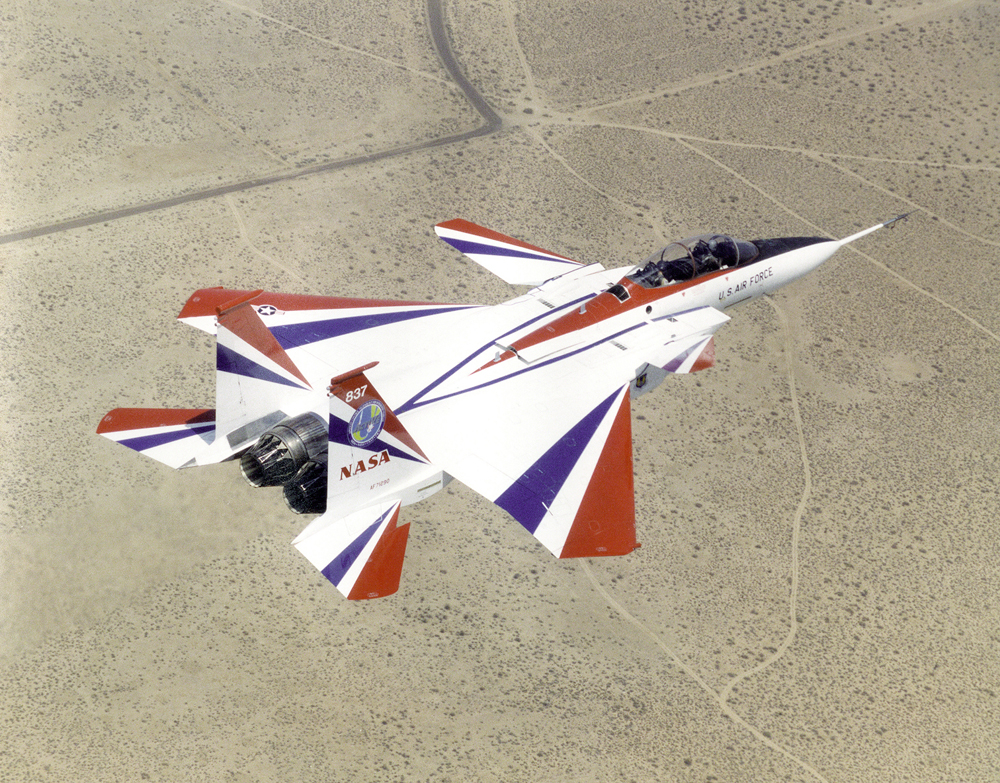Space History Photo: F-15B Thrust Vectoring Nozzles Tested

An F-15 ACTIVE soars over the Mojave desert during a High Stability Engine Control (HISTEC) flight operated by NASA on Aug. 1, 1997. The twin-engine F-15 is equipped with Pratt & Whitney nozzles, new at the time, that could turn up to 20 degrees in any direction, giving the aircraft thrust control in the pitch (up and down) and yaw (left and right) directions.
NASA was flight testing the new thrust-vectoring concept on the F-15 research aircraft to improve performance and aircraft control. The new concept was designed lead to signifigant increases in performance of both civil and military aircraft flying at subsonic and supersonic speeds. NASA pilot Rogers Smith and photographer Carla Thomas flew an F-18 chase to accompany the flight.
Each weekday, SPACE.com looks back at the history of spaceflight through photos (archive).
Breaking space news, the latest updates on rocket launches, skywatching events and more!

The National Aeronautics and Space Administration (NASA) is the U.S. government agency in charge of the civilian space program as well as aeronautics and aerospace research. Founded in 1958, NASA is a civilian space agency aimed at exploring the universe with space telescopes, satellites, robotic spacecraft, astronauts and more. The space agency has 10 major centers based across the U.S. and launches robotic and crewed missions from the Kennedy Space Center in Cape Canaveral Florida. Its astronaut corps is based at the Johnson Space Center in Houston. To follow NASA's latest mission, follow the space agency on Twitter or any other social channel, visit: nasa.gov.
